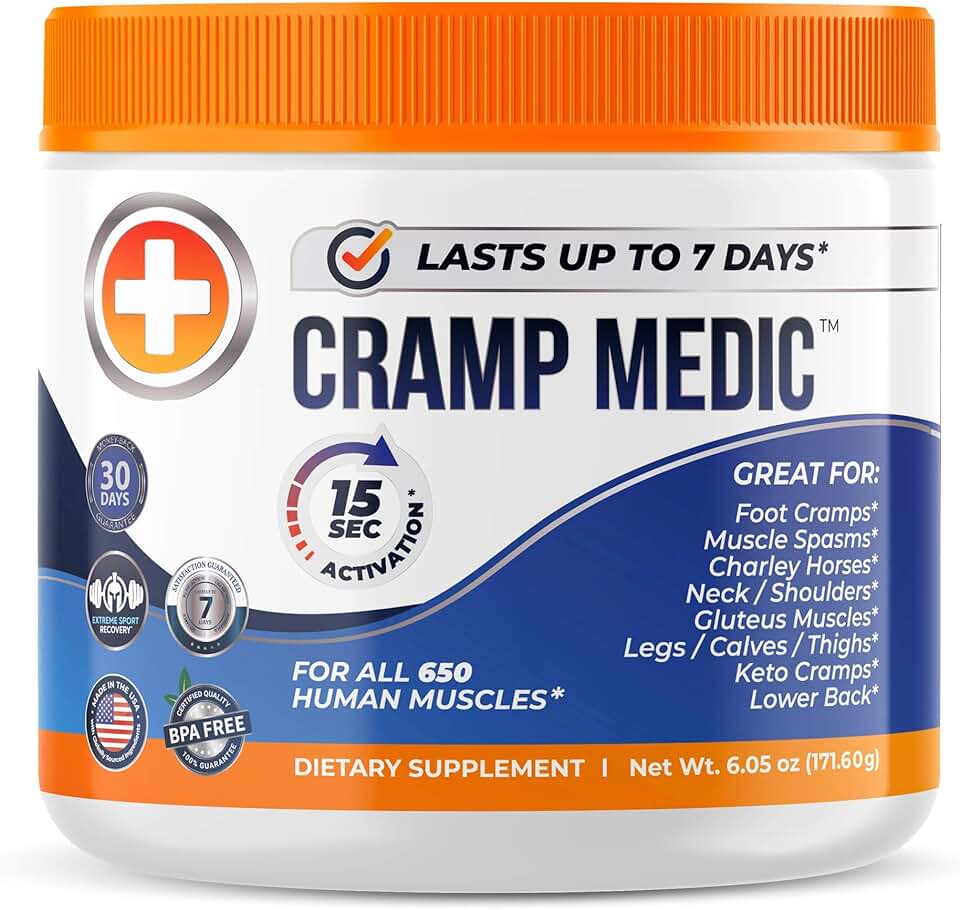Cramp bark, scientifically known as Viburnum opulus, is a deciduous shrub native to Europe, Northern Africa, and Northern Asia. It has a long history of use in traditional herbal medicine, particularly among indigenous peoples of North America and Europe, who utilized various parts of the plant for its medicinal properties. Cramp bark supplements, derived from the bark of the Viburnum opulus plant, have gained recognition for their potential health benefits. This comprehensive guide explores the extensive advantages of cramp bark supplements, encompassing traditional uses, scientific research, and practical considerations for those interested in integrating this herbal remedy into their health regimen.
Muscle Relaxation and Menstrual Relief
One of the primary benefits of cramp bark supplements is their ability to promote muscle relaxation and alleviate menstrual discomfort. Cramp bark contains compounds such as valerenic acid and scopoletin, which have been shown to possess smooth muscle relaxant properties. These compounds help ease muscle tension and spasms, making cramp bark supplements particularly effective for relieving menstrual cramps, abdominal pain, and discomfort associated with menstruation. Cramp bark supplements may help reduce uterine contractions, alleviate menstrual pain, and promote overall comfort during menstruation. Additionally, cramp bark’s muscle relaxant effects may also be beneficial for individuals experiencing muscle cramps, spasms, or tension in other parts of the body.
Uterine Health Support
Cramp bark supplements are valued for their supportive effects on uterine health and function. In traditional herbal medicine, cramp bark has been used to regulate menstrual cycles, tone the uterus, and support reproductive health. Cramp bark’s ability to relax smooth muscles and reduce uterine contractions makes it beneficial for conditions such as dysmenorrhea, endometriosis, and uterine fibroids. Cramp bark supplements may help alleviate symptoms such as pelvic pain, heavy menstrual bleeding, and irregular menstruation by promoting uterine relaxation and overall reproductive health. Additionally, cramp bark’s uterine toning effects may be beneficial during pregnancy and childbirth, although pregnant women should consult with a healthcare professional before using cramp bark supplements.
Digestive Health Benefits
Cramp bark supplements offer benefits for digestive health due to their antispasmodic and carminative properties. Cramp bark helps relax smooth muscles in the gastrointestinal tract, reducing spasms and cramping associated with digestive disorders such as irritable bowel syndrome (IBS), colitis, and gastritis. Additionally, cramp bark’s carminative effects help relieve gas, bloating, and abdominal discomfort by promoting the expulsion of gas from the digestive tract. Cramp bark supplements may help alleviate symptoms of digestive distress, improve gastrointestinal function, and promote overall digestive health.
Cardiovascular Support
Emerging research suggests that cramp bark supplements may offer benefits for cardiovascular health and circulation. Cramp bark contains compounds such as flavonoids and phenolic acids, which have been shown to have vasodilatory effects, meaning they help relax blood vessels and improve blood flow. This can lead to improved circulation, lower blood pressure, and reduced risk of cardiovascular diseases such as hypertension, atherosclerosis, and stroke. Additionally, cramp bark’s anti-inflammatory and antioxidant properties may help protect blood vessels from damage and support overall cardiovascular health. Cramp bark supplements may be beneficial for individuals seeking to maintain healthy blood pressure, improve circulation, and reduce the risk of heart disease.
Pain Relief and Anti-inflammatory Effects
Cramp bark supplements exhibit analgesic and anti-inflammatory effects, which contribute to their overall pain-relieving properties. Cramp bark contains salicin, a natural compound that is converted to salicylic acid in the body, a substance similar to aspirin known for its pain-relieving and anti-inflammatory effects. Cramp bark supplements may help reduce pain and inflammation associated with conditions such as arthritis, rheumatism, and muscle injuries. Additionally, cramp bark’s analgesic effects make it beneficial for alleviating headaches, migraines, and neuralgia. By reducing pain and inflammation, cramp bark supplements promote comfort and well-being.
Practical Considerations and How to Take Cramp Bark Supplements
Cramp bark supplements are typically available in various forms, including capsules, tablets, tinctures, and teas. The appropriate dosage may vary depending on the specific product and individual health needs. It’s essential to follow the recommended dosages provided by supplement manufacturers or consult with a healthcare professional for personalized guidance.
While cramp bark supplements are generally safe for most individuals when taken as directed, some people may experience side effects such as gastrointestinal upset or allergic reactions. Pregnant and breastfeeding women should exercise caution and consult with a healthcare provider before using cramp bark supplements. Additionally, individuals with certain medical conditions or those taking medications should seek medical advice before incorporating cramp bark supplements into their regimen to prevent potential interactions or adverse effects.
Conclusion
Cramp bark supplements offer a wide range of potential health benefits, from promoting muscle relaxation and menstrual relief to supporting uterine health, digestive health, cardiovascular health, and pain relief. With its long history of traditional use and emerging scientific research, cramp bark stands as a valuable and effective herbal remedy. By incorporating cramp bark supplements into their health regimen, individuals can harness the therapeutic benefits of this revered herb to support various aspects of health and well-being. However, it’s essential to use cramp bark supplements responsibly and consult with a healthcare professional if needed to ensure safe and effective use.
- Sweet and Guilt-Free: My Delightful Experience with JustCBD UK’s Sugar-Free CBD Gummies - August 6, 2024
- Embark on a Cosmic Flavor Adventure: My Review of Melo’s THC Beverages! - May 20, 2024
- Benefits of Chickweed Supplements - April 2, 2024

